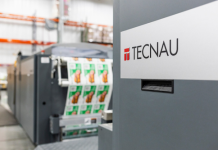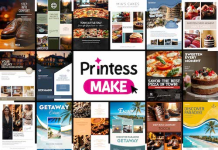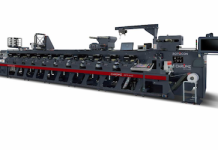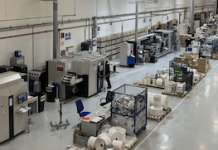According to Two Sides North America, while the pursuit of environmental friendliness, or the appearance of it, drives the push towards more recycled fibres, virgin fibres are essential in crafting high-quality, durable and sustainable paper products.
As such, the balance of virgin and recycled fibres in paper and paper-based packaging production is a critical and ongoing consideration by consumers.
Capitalising On Complementary Strengths
Both virgin and recycled fibres bring unique strengths to the table. Recycled fibres contribute to the circular economy, reducing the need for fresh raw materials. However, each time paper is recycled, the fibres get shorter and weaker, eventually degrading and unable to bond into new paper. On the other hand, virgin fibres offer essential qualities like strength, durability and brightness. The longevity and performance of the final paper or package are ensured by continually introducing new fibre into the system.
Reducing Environmental Impact
Determining a proper mix of virgin and recycled fibres is a nuanced process. While some argue for exclusively recycled content to ‘save trees’,’ the demand for wood fibre is also a driving force in maintaining healthy forest ecosystems, as sustainably managed forests produce two times the tree volumes versus what is harvested. Strong market demand for sustainably sourced paper products provides a powerful financial incentive for landowners to continue to manage their land responsibly and keep it forested instead of converting or selling it for non-forest uses.
Well-managed forests are, by their nature, sustainable, and both virgin and recycled paper offer alternatives to electronic forms of communication that have their own environmental impact, such as e-waste and energy use. A balanced approach acknowledges the need for both sustainable forest management alongside recycling efforts.
Meeting Business Needs
Choosing whether to use recycled or virgin paper typically comes down to the type of use. Most recycled paper contains a proportion of virgin fibres to ensure the quality of the end product. Breaking and separating fibres during recycling impacts the paper’s durability and surface area, and recycled paper products can only be ‘downcycled’,’ which means a corrugated box cannot be made into bright white paper, but higher quality paper can be made into recycled packaging grades. Many companies rely on using strong, bright and clean papers from virgin fibres to convey important messaging, provide strength, or be more hygienic.
The wrong mix of recycled and virgin fibres will affect the ability to run smoothly through a press or printer and take up ink and other coatings. Ink saturation, registration and brightness may all be affected, creating a different type of end product depending upon the intended use.
Reducing Environmental Footprint Through Innovation
Paper is the most reliably recycled material, recovering nearly 68% of all the paper used in the U.S. in 2022 year and almost 94% of all cardboard. The print and paper industry has contributed nearly $7 billion in recycling infrastructure, with approximately 80% of U.S. paper and packaging mills using some recovered paper fibres in their products. Technological advancements in the paper industry have played a crucial role in maximising the potential of both virgin and recycled fibres. Innovations in processing techniques ensure the efficient utilisation of recycled fibres and other materials without compromising the quality of the final product. These advancements contribute to a more sustainable and circular approach to paper production.
Increasing Consumer Awareness
Educating consumers about the benefits of a balanced mix of virgin and recycled fibres and the role the paper industry plays in environmental stewardship is essential. Understanding that responsible paper production involves a thoughtful combination of these fibres can empower consumers to make environmentally conscious choices that truly support sustainable practices within the industry.
The union of virgin and recycled fibres in paper and paper-based packaging production is not just a compromise; it’s a strategic alliance embodying the principles of sustainability, quality and versatility. By striking the right balance, the paper industry can contribute significantly to a circular economy while meeting the diverse needs of consumers and businesses alike.
TWO SIDES
https://za.twosides.info





















